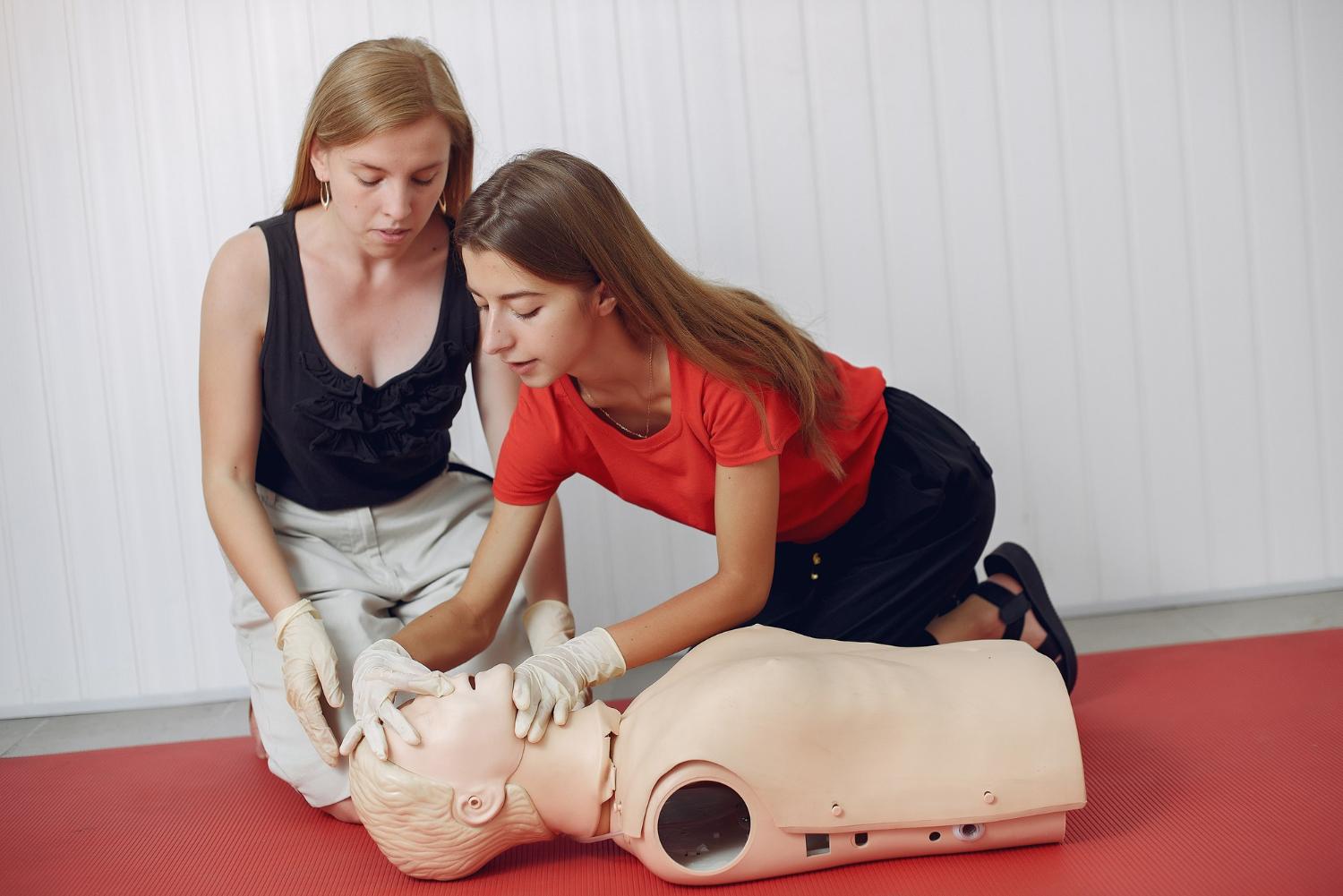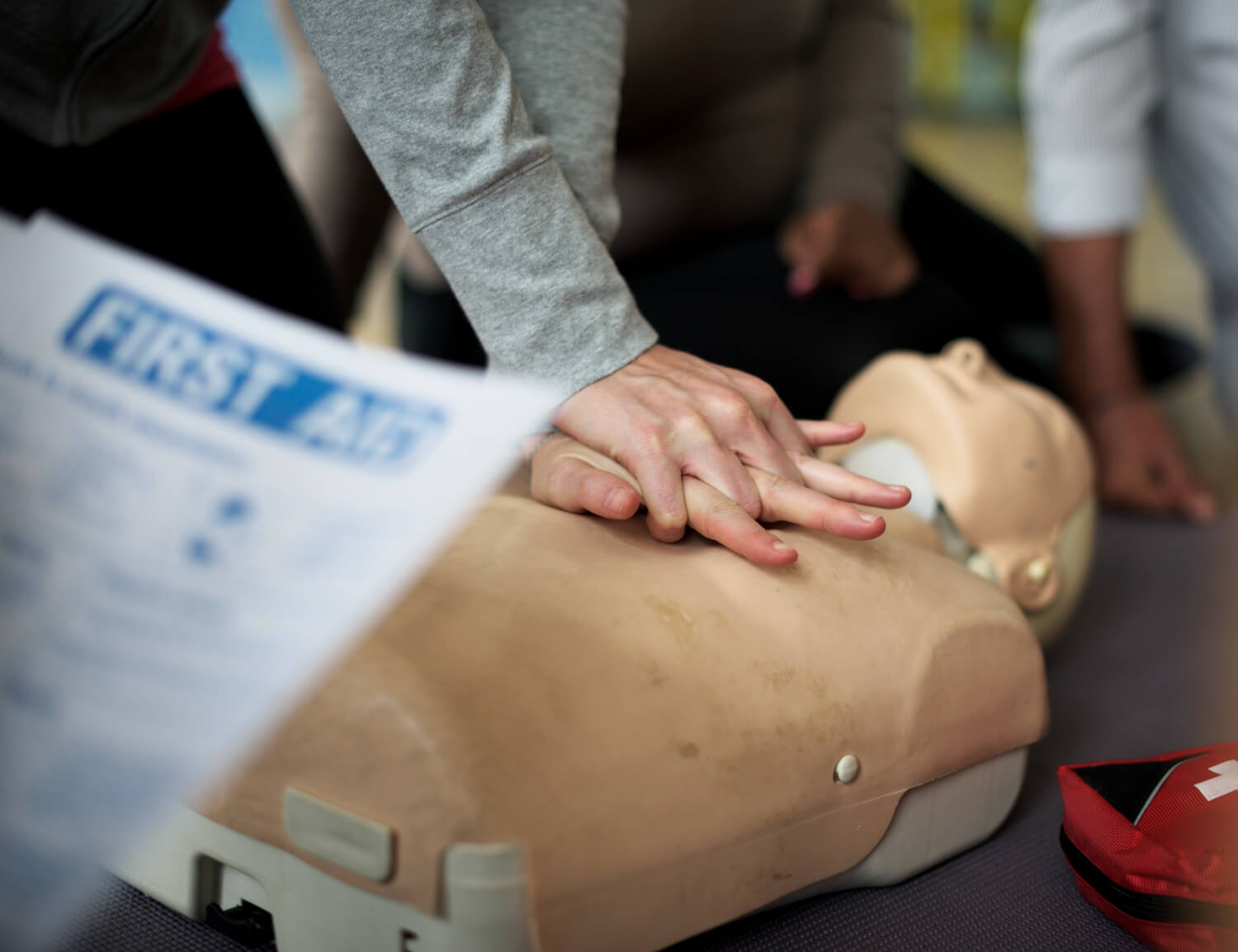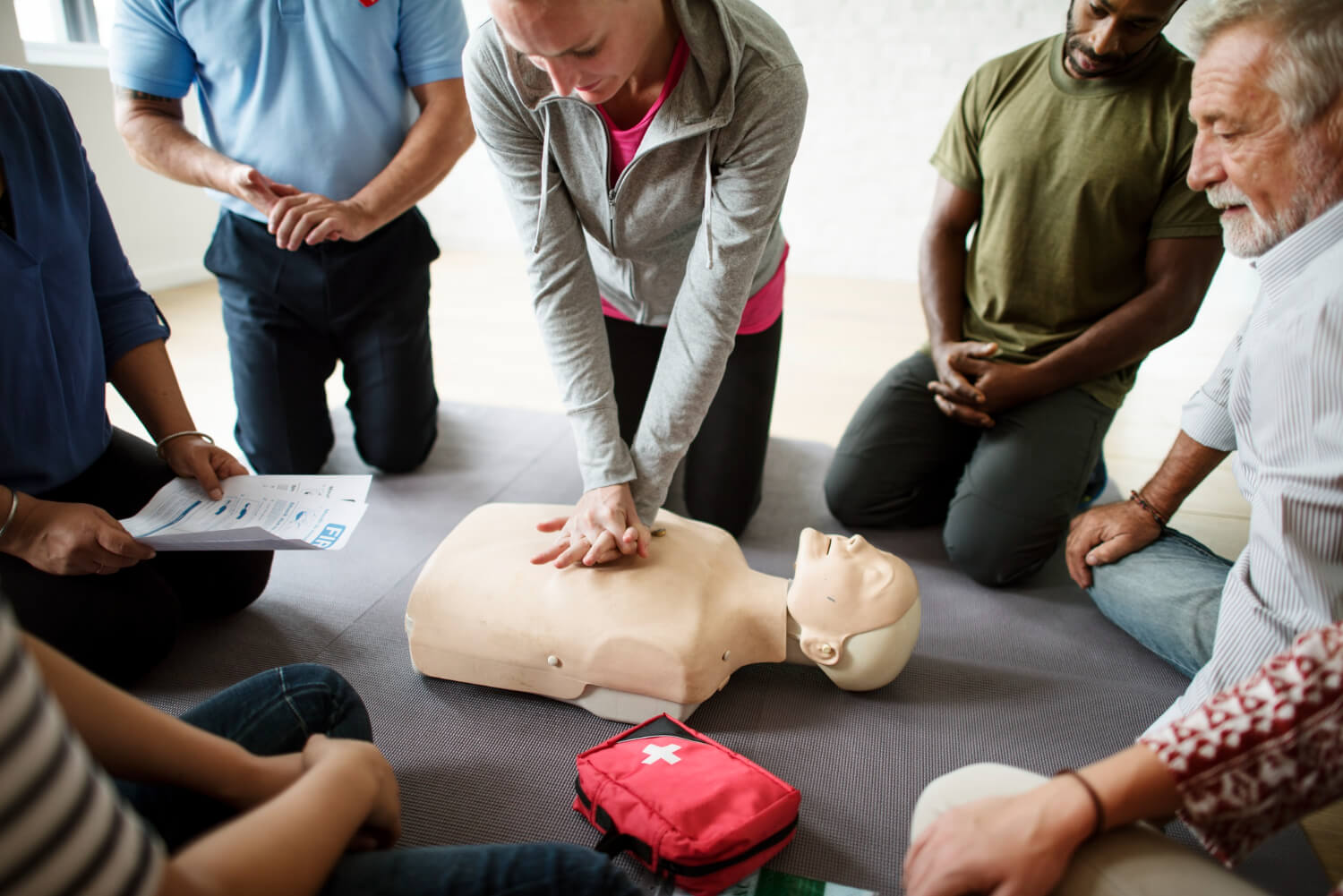Be Prepared for Emergencies: CPR Classes in Wesley Chapel, FL

Be Prepared for Emergencies: CPR Classes in Wesley Chapel, FL

Introduction
Emergencies can strike at any moment, and being prepared to handle them can make all the difference. One essential skill that everyone should possess is cardiopulmonary resuscitation (CPR). CPR is a life-saving technique used to revive individuals who have experienced cardiac arrest or stopped breathing. If you live in Wesley Chapel, or the surrounding area, it’s crucial to know where to find reliable CPR classes. In this article, we will explore the importance of CPR training, the benefits of taking CPR classes in Wesley Chapel, and provide you with all the information you need to get started on your journey to becoming a certified CPR provider.
Why CPR Training Matters
In a life-or-death situation, knowing how to perform CPR can be the difference between saving a life or facing tragic consequences. Here’s why CPR training is so important:
- Immediate Response: Cardiac arrest can occur unexpectedly and often without warning. By having CPR training, you can respond quickly and effectively to provide immediate care before professional medical help arrives.
- Saving Lives: CPR is a critical skill that can save lives. When performed correctly, it helps maintain blood flow to vital organs, including the brain, until medical professionals can take over.
- Empowerment: CPR training empowers individuals to take action during emergencies instead of feeling helpless. It instills confidence and equips you with the skills necessary to make a life-saving difference.
The Benefits of CPR Classes in Wesley Chapel, FL
Enrolling in CPR classes in Wesley Chapel, FL, offers numerous benefits. Here are some reasons why you should consider signing up:
Expert Instructors: CPR classes in Wesley Chapel, are conducted by certified instructors who possess extensive knowledge and experience in life-saving techniques. They are equipped to teach you the correct procedures and ensure you gain a comprehensive understanding of CPR.
Hands-On Training: These classes provide hands-on training, allowing you to practice CPR techniques on mannequins. This practical experience enhances your confidence and prepares you to respond effectively during a real emergency.
Certification: Upon completing CPR classes in Wesley Chapel, FL, you will receive a certification that proves your competency in CPR. This certification can be valuable for various professions, including healthcare providers, teachers, coaches, and childcare providers.
Workplace Requirements: Many workplaces require employees to have CPR certification as part of their job requirements. By attending CPR classes, you can meet these work requirements and enhance your employability.
Community Safety: By enrolling in CPR classes, you contribute to a safer community. With more individuals trained in CPR, the chances of prompt intervention during emergencies increase, ultimately leading to more lives saved.
Frequently Asked Questions (FAQs)
Q: Are CPR classes in Wesley Chapel, suitable for everyone?
A: Yes, CPR classes are designed to cater to individuals of all backgrounds and professions. Whether you are a parent, student, healthcare professional, or simply a concerned citizen, there is a CPR class suitable for you.
Q: How long does CPR training typically take?
A: The duration of CPR training can vary depending on the course you choose. Generally, CPR classes range from a few hours to a full day. Some classes also offer online options for added convenience.
Q: Can I take CPR classes if I have no medical background?
A: Absolutely! CPR classes are designed to provide training from the basics, assuming no prior medical knowledge. The instructors will guide you through the process step-by-step, ensuring that everyone can learn and perform CPR effectively.
Q: Are there any age restrictions for CPR classes?
A: Most CPR classes have a minimum age requirement, which is typically around 12 years old. However, some organizations offer specialized courses for younger individuals, such as child CPR and babysitting CPR.
Q: How often should I renew my CPR certification?
A: CPR certifications are typically valid for a certain period, usually two years. It is recommended to renew your certification before it expires to ensure you have the most up-to-date knowledge and skills.
Conclusion
Emergencies can occur at any time & being prepared is essential. CPR classes offer the opportunity to learn life-saving techniques from expert instructors. By enrolling in these classes, you gain the confidence and skills necessary to respond effectively during critical situations. Additionally, CPR certification can enhance your employability and contribute to a safer community. Don’t wait for an emergency to strike—take the initiative to enroll in CPR classes and be prepared to save lives when it matters most.
Remember, the knowledge and skills you gain through CPR training can make you a hero in someone’s life. So, don’t hesitate—sign up for CPR classes in Wesley Chapel, FL, today!
AHA BLS CPR & AED Classes
About Author:
admin
Recent Posts
- Top Industries in Denver, CO That Require CPR Certification
- Stay Certified: CPR for Personal Trainers & Coaches in Denver
- Infant CPR Training for Babysitters and Nannies in Denver, CO
- The Importance of CPR and AED Training in Denver, CO Workplaces
- Why Every Parent in Denver, CO Should Take an Infant & Child CPR Class





